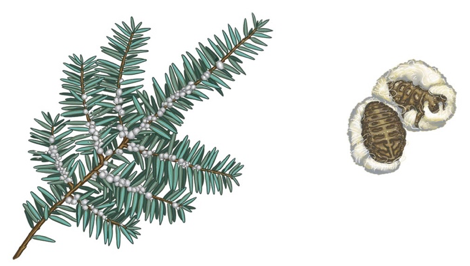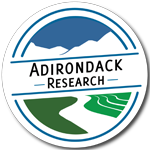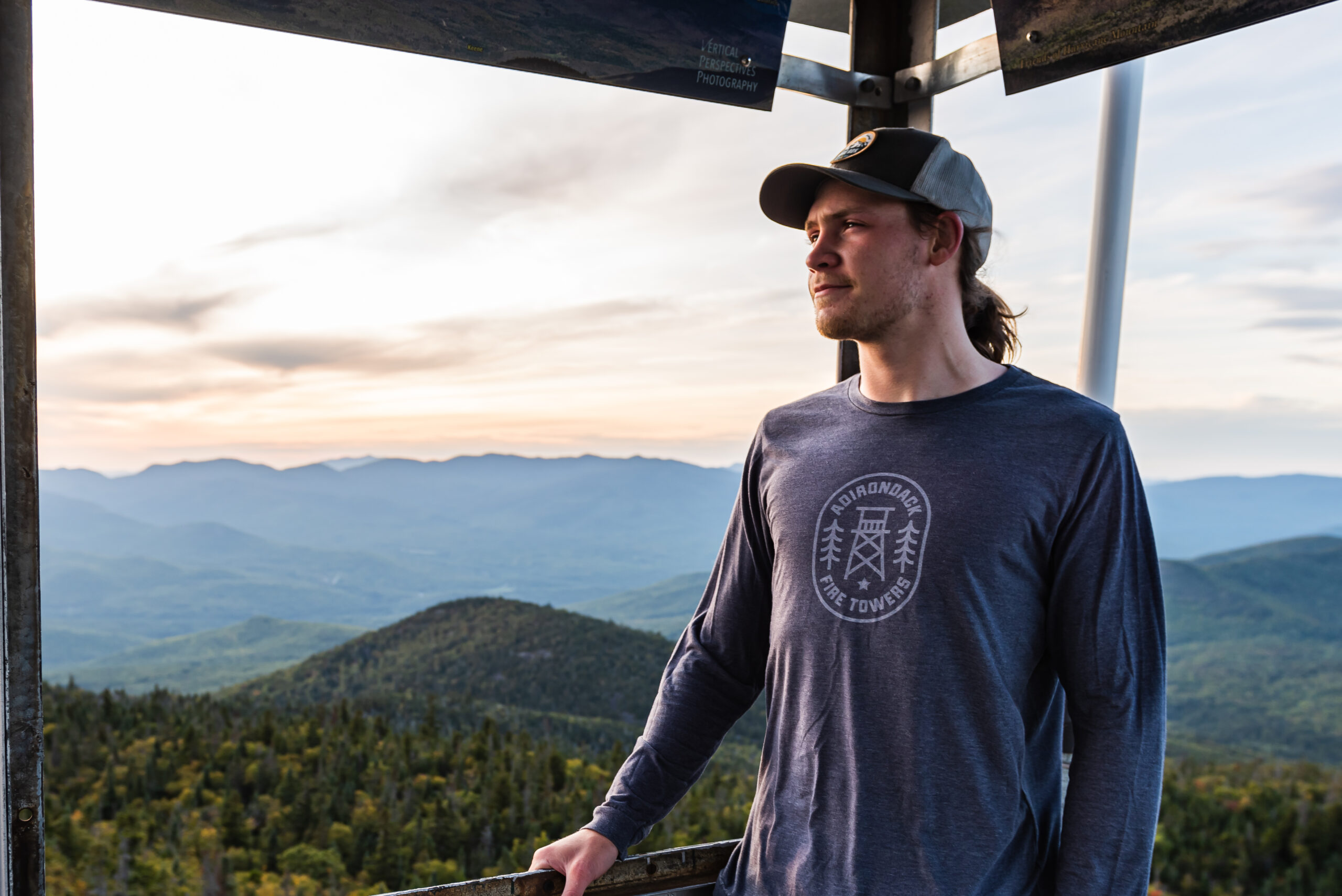5 Questions with Thomas Firkins
At Adirondack Research we have an outstanding field crew that completes our on-the-ground research, collecting the data that allow us to “use science to inform decisions.” Read on to meet the leader of our field crew, Thomas Firkins, and learn more about what our team in the field is doing.
Tell us your name and what you do at Adirondack Research.
I’m Thomas Firkins. I’m the invasive species crew leader. So, I take care of the management and implementation of all of our invasive species-related research projects.
This past summer I worked on surveying the Mohawk River for the NYS Department of Environmental Conservation, 10 lakes in the Albany area in partnership with the Capital Region PRISM (Partnership for Regional Invasive Species Management) and about 40 lake surveys for the Adirondack Park Invasive Plant Program (APIPP). I’ve also done several hemlock woolly Adelgid (HWA) surveys in the Lake George area both this past October and right now in March.
What does a lake survey mean?
When we survey lakes, we’re looking for invasive species—aquatic plants and zooplankton. To do a lake survey we start with surveying the littoral zone—the area of water from the lake’s shoreline to about 18 feet out from the lake’s shore. That’s where we expect to find aquatic plants growing. We use a motorboat or canoe and drive in a zigzag pattern to encompass as much of the area as we can, and we do that for the entirety of the lake.
If the lake is of higher priority, or it gets visited a lot or we have a special interest in the lake, we’ll also collect a few other measurements using sonar equipment, including bottom hardness and water depth.
What is hemlock woolly adelgid, and why are you looking for it?
[HWA] is an invasive insect. We’re looking for it because until recently, it hadn’t been confirmed here in the Adirondack Park. We’re worried it could very negatively impact the hemlock trees and stands that make up a pretty large chunk of the forest and wetlands we call home.

So how do you survey for it, and what does that look like?
A typical HWA survey involves us hiking out into the woods, hopefully along a trail, to a predetermined location guided by our models on hemlock distribution. Once we’ve reached the point, we do a couple of things. Two or three times a day we survey every tree in an eight-meter circle from the middle of the survey point. When it’s time to look for the HWA itself, we walk a 60 m x 60 m x 60 m triangle “hanger,” as we call it, and we inspect three tree branches off of each hemlock tree along the way. We’re looking for the “white wool” of HWA, or the black specks of the insects themselves. We call the black specks sistens, and they typically seem to be found at the base of the hemlock needles, as opposed to the wool, which is along the mid-ridge of the stem.
What’s your scientific background?
I graduated with an Environmental Science degree in 2020 from Paul Smith’s College. Prior to graduation I had worked for the Adirondack Watershed Institute as both a boat launch steward and a decontamination tech. So, I was introduced to invasive species and education and outreach that way.
This past summer and going into this year, I’ve been practicing and implementing everything that I’ve learned in college into the work I do here at Adirondack Research.



Leave a Reply